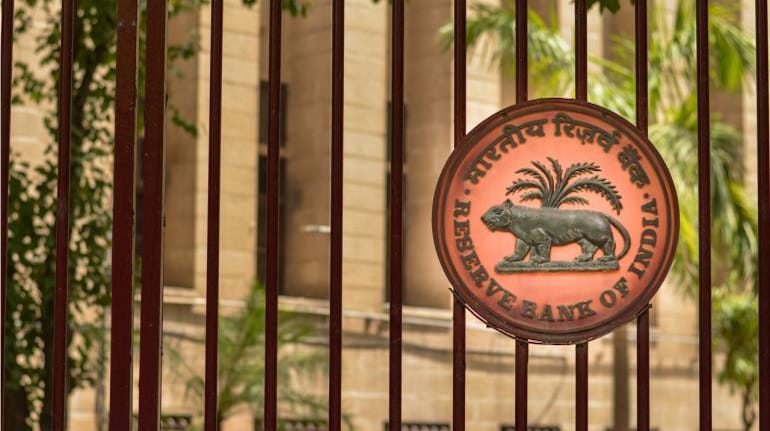



The gross non-performing asset (GNPA) ratio of banks may rise to 9.8-11.22 percent in March 2022 under various stress scenarios due to the impact of the COVID pandemic, the Reserve Bank of India (RBI) said in its July 2021 edition of the Financial Stability Report (FSR), published on July 1.
A loan is classified as an NPA when it has remained unpaid for more than 90 days. At the end of March 2021, the gross NPA ratio stood at 7.48 percent for the banking sector.
The central bank said its stress tests indicate that the GNPA ratio of all banks may rise to 9.8 percent in the baseline scenario by March 2022 and can increase to 10.36 percent and 11.22 percent under scenarios of medium and severe stress, respectively.
“Within the bank groups, PSBs’ (public sector banks’) GNPA ratio of 9.54 percent in March 2021 edging up to 12.52 percent by March 2022 under the baseline scenario is an improvement over earlier expectations and indicative of pandemic proofing by regulatory support,” the RBI said. For private banks and foreign banks, the transition of the GNPA ratio from baseline to severe stress is from 5.82 percent to 6.04 percent to 6.46 per cent, and from 4.90 percent to 5.35 percent to 5.97 percent, respectively.
There are signs of stress emerging in the consumer credit segment. “Consumer credit deteriorated after the loan moratorium programme came to an end in September 2020,” the central bank said in the July FSR. The distribution of customer risk shifted marginally towards the high-risk segment in January 2021 relative to January 2020. Consumer credit portfolios of non-PSBs are seeing incipient signs of stress, the RBI said.
“Going forward, close monitoring on asset quality of MSME (micro, small and medium enterprises) and retail portfolios of banks is warranted,” the RBI said.
Nevertheless, the position of bank balance sheets is much better than what was expected earlier, the central bank said. “Unprecedented policy support has contained the impairment of balance sheets of banks in India despite the dent in economic activity brought on by waves of the pandemic. Banks’ performance and balance sheet quality have turned out to be better than anticipated at the beginning of the pandemic in terms of deposit growth, decline in GNPAs, capital adequacy and improved profitability,” the RBI said in the FSR. The central bank added that its stress tests indicated a limited impact of macroeconomic and other shocks on the Indian banking sector.
In 2020, the RBI had announced a string of measures to address stress arising out of the Covid-19 pandemic. These included a loan moratorium scheme for individuals and businesses, a one-time restructuring scheme and several liquidity support measures. In 2021, it added newer liquidity measures to its toolkit, such as the Government Securities Acquisition Programme. It also announced a liquidity window of Rs 50,000 crore for ramping up Covid-related healthcare infrastructure and services, and a separate on-tap liquidity window for contact intensive sectors like restaurants, hotels and those involved in the tourism sector.
Discover the latest Business News, Sensex, and Nifty updates. Obtain Personal Finance insights, tax queries, and expert opinions on Moneycontrol or download the Moneycontrol App to stay updated!
Find the best of Al News in one place, specially curated for you every weekend.
Stay on top of the latest tech trends and biggest startup news.